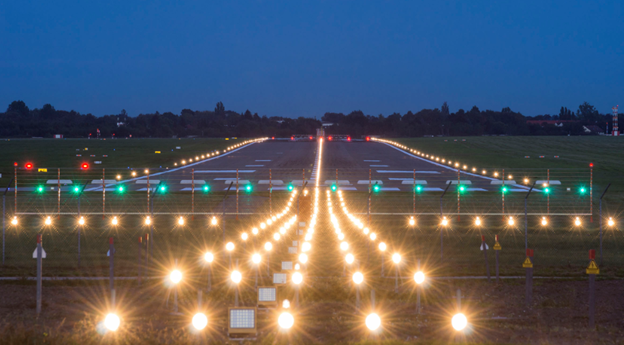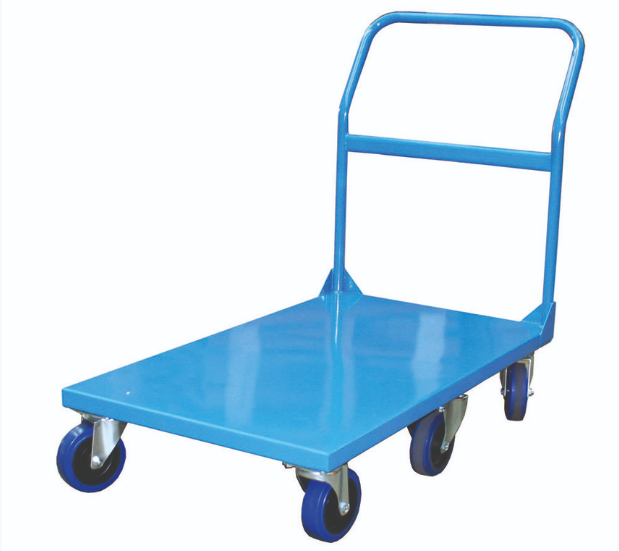In the hustle and bustle of preparing for and boarding flights, travellers often take the innovation that are airport runway lighting systems for granted. However, they play a crucial role in ensuring safe take-offs and landings. Without them, air traffic management would be a much more chaotic process.
So, let’s go ahead and explore the significance of these lighting systems, their various components, and how they have evolved over the years to enhance aviation safety.
Understanding the Basics of Airport Runway Lighting
Airport runway lighting layouts form a vital part of any airport infrastructure. They are designed to assist pilots during take-off, landing, and taxiing, especially in adverse weather conditions and during nighttime operations. These systems are made up of various types of lights, each serving a specific purpose.
Types of Lights and Their Functions
Threshold Lights
These lights are located at the beginning of the runway. They help pilots identify the start of the runway and provide crucial information for landing safely.
Centerline Lights
Running down the center of the runway, these lights help pilots maintain alignment during take-off and landing.
Edge Lights
These lights mark the edges of the runway, ensuring pilots stay within the designated area.
Touchdown Zone Lights
Placed at the end of the runway, these lights indicate the aiming point for landing.
Taxiway Lights
Besides the runway, taxiways are also equipped with lights, guiding aircraft during taxiing.
Advancements in Technology
Over the years, technology has played a significant role in improving runway lighting systems to adapt to changing needs. Traditional incandescent bulbs have been replaced with more energy-efficient and durable options, such as Light Emitting Diodes, or LEDs. These advancements have made airport lighting more reliable and cost-effective.
How Advanced Lighting Systems Enhance Safety
Visibility Enhancement
One of the most critical aspects of airport runway lighting is its contribution to visibility. Improved visibility is essential during take-offs, landings, and taxiing, especially in adverse weather conditions. Advanced lighting systems, such as LED lights, offer better illumination, making it easier for pilots to see and follow the runway.
Guidance during Taxiing and Runway Transitions
Proper guidance is essential for aircraft as they taxi to and from runways. The combination of centerline lights and edge lights provides clear guidance, ensuring safe taxiing and smooth transitions from the runway to the taxiway. This minimizes the risk of accidents and runway incursions.
Reduction in Runway Incursions and Accidents
Airport safety is paramount, and modern runway lighting systems have significantly reduced the number of runway incursions and accidents. By providing clear visual cues, pilots can make informed decisions, reducing the chances of mishaps on the runway.
Looking Ahead: Emerging Technologies in Runway Lighting
LED Lights
LED lights have already made significant inroads in airport lighting. They are energy-efficient, have a longer lifespan, and provide consistent brightness. As LED technology continues to advance, we can expect even more energy savings and improved performance.
Solar-Powered Lights
Solar-powered lights are an eco-friendly solution that is gaining popularity. They harness solar energy during the day and use it to power the runway lights at night. This not only reduces energy costs but also contributes to a greener and more sustainable aviation industry.
Conclusion
To summarize, airport runway lighting systems are a crucial component of aviation safety. These systems have come a long way from traditional incandescent bulbs to advanced technologies like LED and solar-powered lights.
By enhancing visibility, providing guidance, and reducing the risk of accidents, runway lighting systems play a pivotal role in ensuring the safety of air travel.
As the aviation industry continues to evolve, we can expect even more innovative solutions to further enhance the safety and efficiency of airport runway lighting architecture. In the end, it’s clear that these systems are not just lights on a runway but critical elements in the safety and success of every flight.







